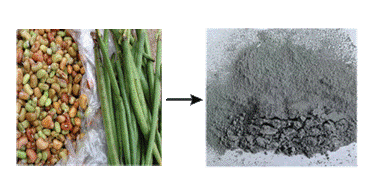AGRO-WASTE-BASED CEMENT SUBSTITUTION: SYNERGISTIC EFFECTS OF GREEN GRAM POD ASH AND EGGSHELL POWDER ON CONCRETE STRENGTH
DOI:
https://doi.org/10.71146/kjmr630Keywords:
Green gram pod ash (GGPA), Eggshell powder (ESP), Supplementary cementitious materials (SCMs), Sustainable Concrete Technology, Agro-waste valorization, Low-Carbon ConstructionAbstract
Cement production contributes nearly 7% of global CO₂ emissions, while the disposal of agricultural and food wastes poses significant environmental challenges. This study explores the use of green gram pod ash (GGPA) and eggshell powder (ESP) as supplementary cementitious materials (SCMs) in concrete. Cement was partially replaced at 5%, 10%, and 15% levels, and specimens were evaluated for slump, compressive strength at 7, 14, and 28 days, and water absorption. Results showed that early-age strength was lower in GGPA–ESP mixes compared to conventional concrete; however, by 28 days, the modified mix achieved higher compressive strength than the control. This improvement was attributed to the synergistic pozzolanic reactivity of GGPA and the calcium-rich composition of ESP. Water absorption results indicated higher initial porosity, though long-term durability is expected to improve with extended curing. The findings suggest that a 10% replacement level provides the most balanced performance in terms of strength, workability, and durability, making GGPA–ESP concrete suitable for sustainable applications. Beyond performance benefits, the approach reduces cement consumption, lowers carbon emissions, and valorizes agro-waste, aligning with circular economy principles. Nevertheless, further research is required on advanced durability properties, microstructural characterization, and life-cycle cost analysis to validate large-scale adoption. This study demonstrates the potential of combining GGPA and ESP as eco-friendly alternatives to Portland cement, contributing to the development of low-carbon, sustainable concrete.
Downloads

Downloads
Published
Issue
Section
Categories
License
Copyright (c) 2025 Salman Nawaz, Nijah Akram, Fatima Sher, Sara Tahir, Wasim Rafi Khan, Dr. Ayesha Mehmood Malik, Dr. Farrukh Arsalan Siddique (Author)

This work is licensed under a Creative Commons Attribution 4.0 International License.






